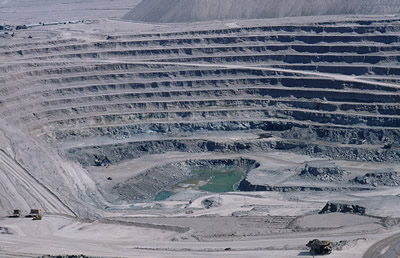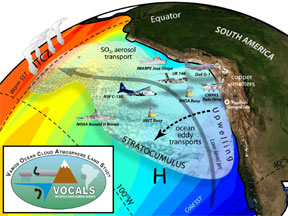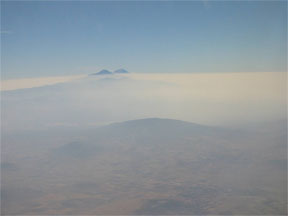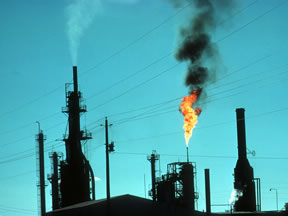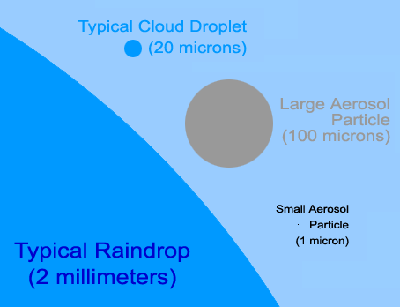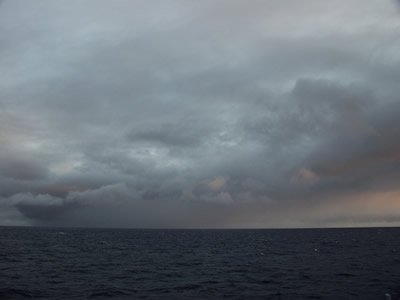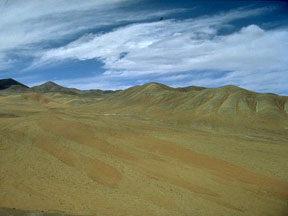Click on image for full size
Image Courtesy of the Wikipedia Commons
Industry in the Southeast Pacific region
Does industry have something to do with all of the clouds that form over Southeast Pacific Ocean? While the connection might not be obvious to most of us, scientists in the VOCALS research project want to know more about the pollutants from industrial activity. The tiny particulates from pollution that are in the air are aerosols. Scientists know that aerosols can have an impact on how clouds are formed. And because studying the clouds in the Southeast Pacific region is a key focus of VOCALS, learning more about where the aerosols come from is an important part of this project.
Industry in western Chile and Peru is largely based on local mineral resources, agricultural raw materials, and forestry. Most of the industrial activity is found in the urban areas and port cities including Santiago, Valparai, Concepcion, Iquique, Antofagasta in Chile, and in Arequipa and Lima in Peru.
Some of the larger urban areas have many different industrial activities such as food processing and production, and manufacturing of textiles, clothing, leather goods, and furniture. Many of these activities put pollutants into the air but the largest source of aerosols comes from the mining industry.
Mining is the most important industry in this region. In northern Chile and Southern Peru, there are lots of mineral resources including copper, nitrates, iron, gold, and silver. Industrial activities based on mineral resources include copper refining, production of nitrate products, iron smelting and steel production, and oil refining. Of these, copper mining and production is the most important economic activity. This region is one of the world's largest copper-mining centers. In fact, the largest open-pit copper mine in the world is located in Chuquicamata in northern Chile, very close to the arid Atacama Desert.


